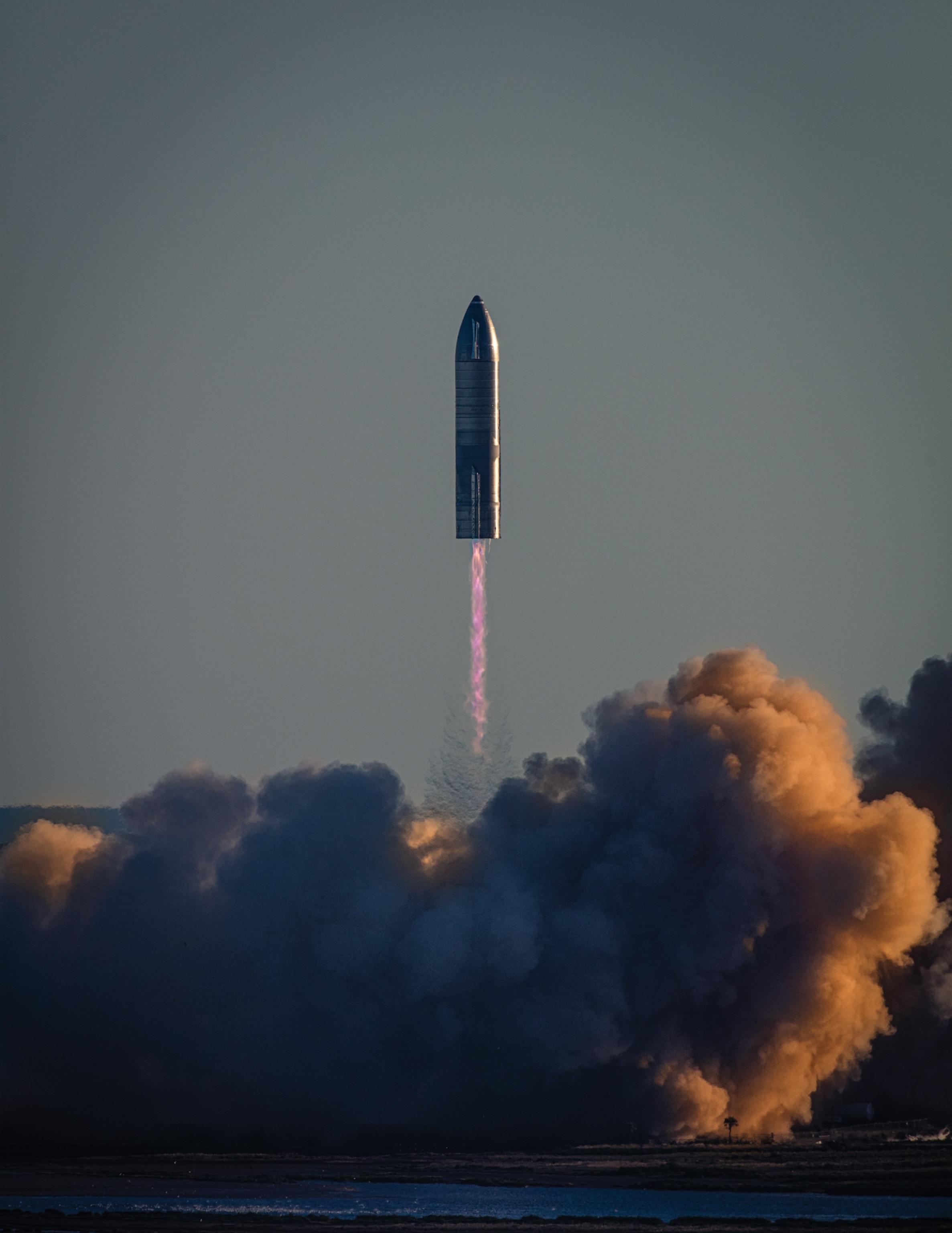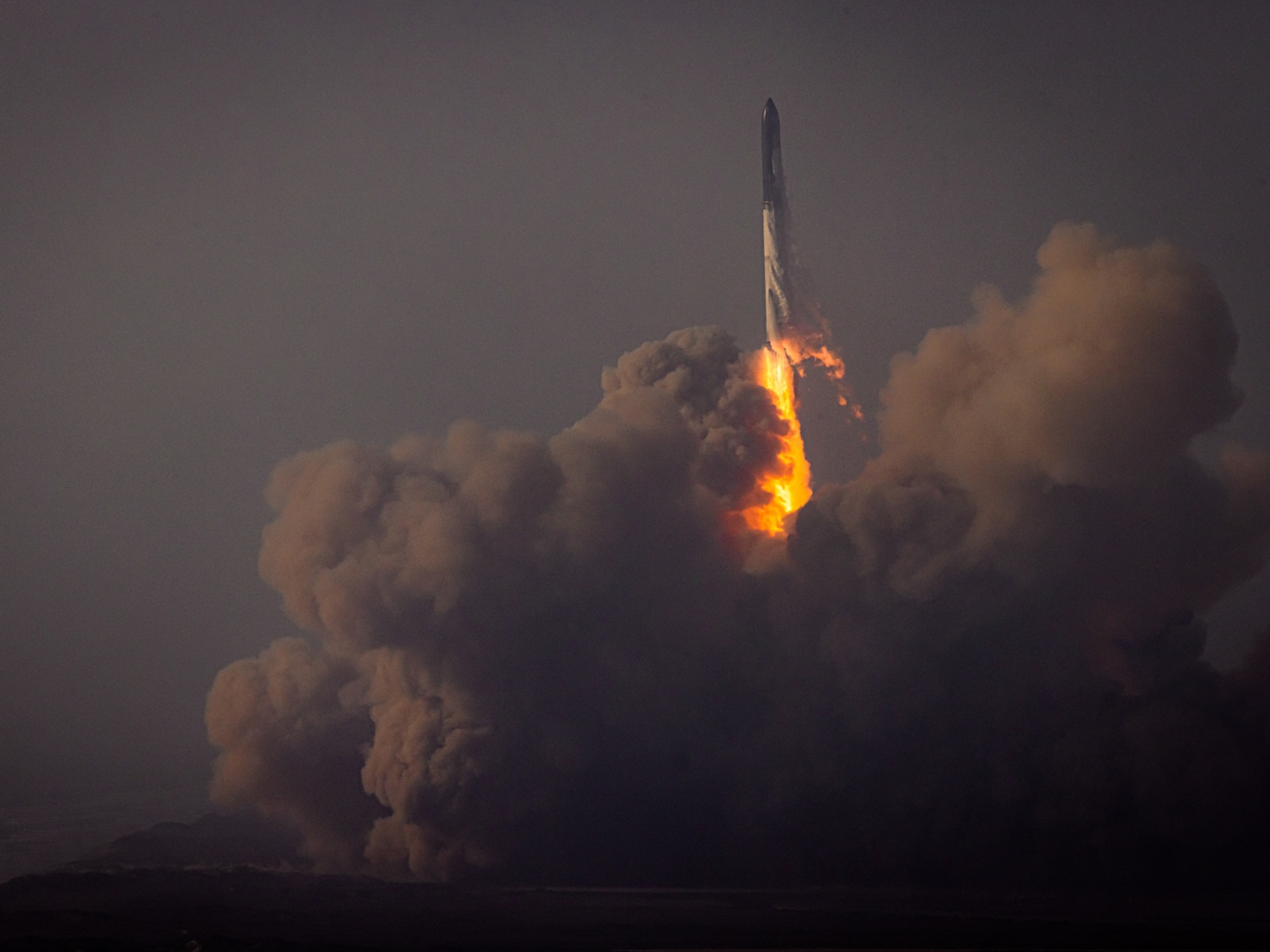
It’s the golden age of spaceflight. Here’s where you can see a launch.
From Florida to California, space fans in the U.S. are making pilgrimages to a historic number of liftoffs.
“You’re here for the launch?” Ted Ebbers asked me the night of April 19, 2023, when we met on the beach of South Padre Island, Texas. The answer was obvious: We both were killing time before the next day’s scheduled flight of the world’s most powerful rocket. A recently retired Canadian federal employee, Ebbers, 58, drove from his home in Toronto to SpaceX’s spaceport in Boca Chica to watch his first rocket launch. He made the 1,900-mile trip alone, sleeping overnight at rest stops inside his Tesla Model Y.
At dawn, Ebbers and I were among the thousands who had gathered to see the first test flight of the 33-engine Super Heavy booster as it carried its Starship upper stage, built by SpaceX to deliver payload and passengers to the moon and Mars. The crowd at Isla Blanca Park, on the island’s southern tip with the best view of the launchpad, was festive and diverse: college students in “Occupy Mars” T-shirts, snowbirds in Hawaiian shirts.
It’s the best time in U.S. history for the public to watch a space launch. There’s a steady stream of rockets rising from spaceports in Florida, California, and Virginia, and at each you’ll find gawkers.
(See all the world's active rocket launch sites.)
They’re enjoying firsthand what might be called a golden age of American spaceflight. During the George W. Bush administration, NASA started to shift from designing rockets and spacecraft to renting rides in ones created by private companies. This commercialization trend gained speed under the Obama, Trump, and Biden administrations.
Ebbers watched his first launch as dozens of engines on Starship’s booster ignited at 8:33 a.m. on April 20. “We saw the rocket beginning to lift,” he says. But the booster exhaust blasted huge chunks of concrete from the launchpad, suspected of damaging some engines (and three others failed to ignite at liftoff). The 394-foot-tall rocket staggered through the sky as it climbed above 120,000 feet. After nearly four minutes of flight, Starship and its booster self-destructed, never even having had the chance to separate stages.
“It didn’t matter,” Ebbers said of the untimely end. “The spacecraft flew, and we all got to see it.” He may be a first-timer, but no launch tourist could state their creed any better.
Here’s where to go to see U.S. rocket launches yourself.
Vandenberg, California
Seasoned rocket chasers know to head to Vandenberg Space Force Base. Here, Space Launch Delta 30 manages operations for United Launch Alliance send-offs of secret government payloads, Air Force intercontinental ballistic missile tests, and SpaceX commercial flights.

Wallops Island, Virginia
Watching 139-foot-tall Antares rockets rise from the Mid-Atlantic Regional Spaceport (yes, MARS) to bring cargo to the International Space Station has become a periodic bonus of beach vacations here. This spaceport is near quaint Chincoteague Island, known for its national seashore, local saltwater taffy, and island-hopping wild horses.
Merritt Island, Florida
About 100,000 people thronged to the area around Florida’s Kennedy Space Center last year for the launch of an Orion capsule that circled the moon—with no passengers on board. KSC’s big events will be the moon-bound Artemis crew launches; the first is scheduled for November 2024.
Boca Chica, Texas
Compared with other spaceports, there’s a higher chance of a scrub—a launch cancellation due to weather or technical glitches—at SpaceX’s Starbase in Boca Chica. Its purpose is the construction and testing of new hardware. The trial and error brings uncertainties. Prudent space-launch tourists pad their itineraries to account for scrubs. Plan to be away for extra days, and fill downtime with activities that are flexible enough to shift dates.

What to know
Research and scout alternative viewing locations before launch day; be sure they’re open to the public, and arrive early with all the water, sunscreen, and snacks you’ll need.





